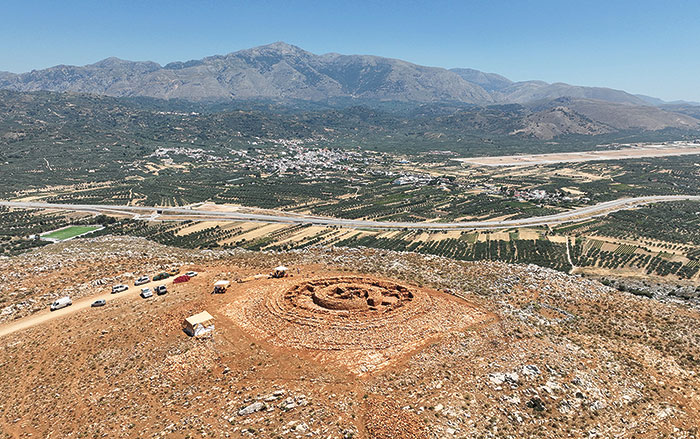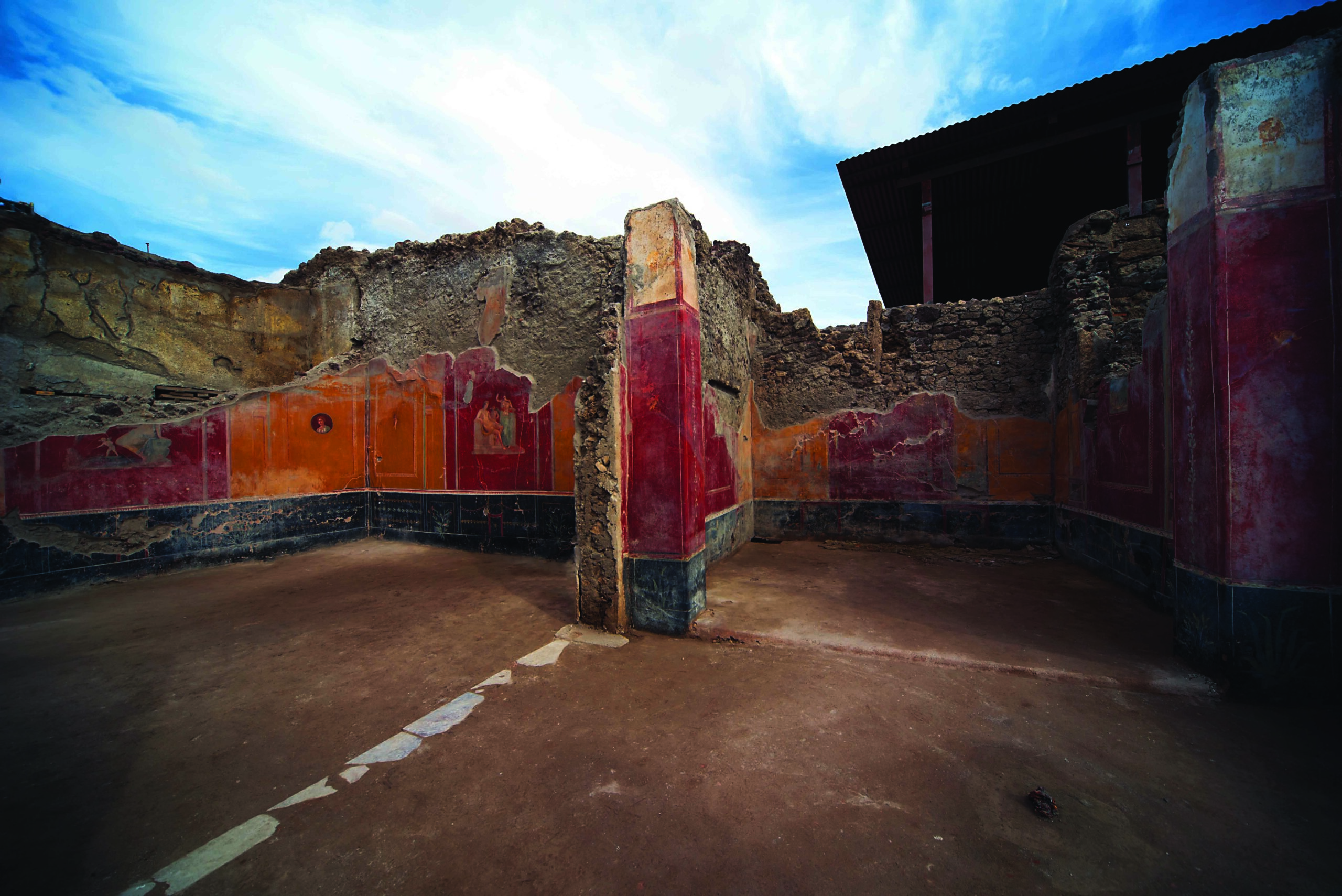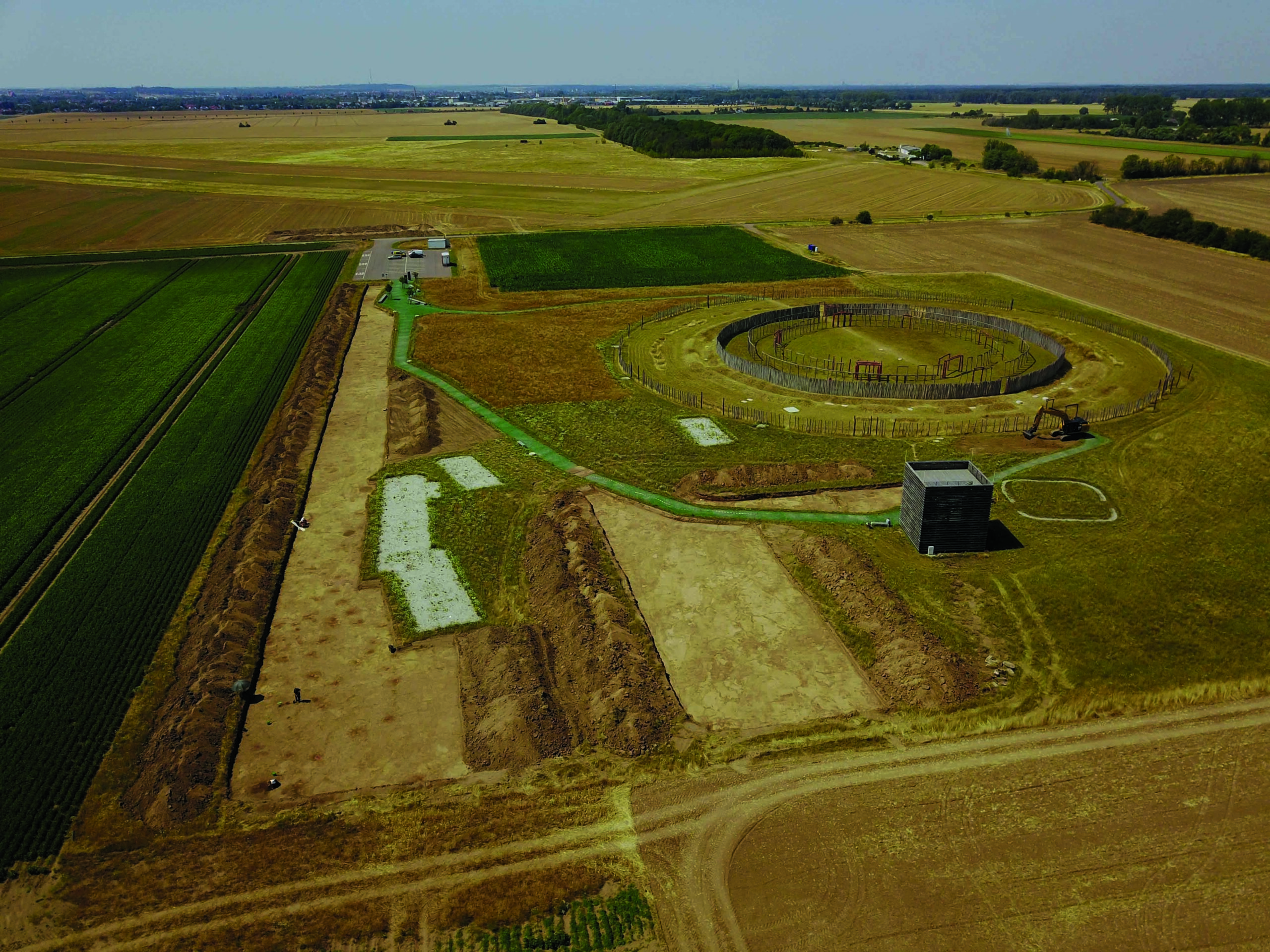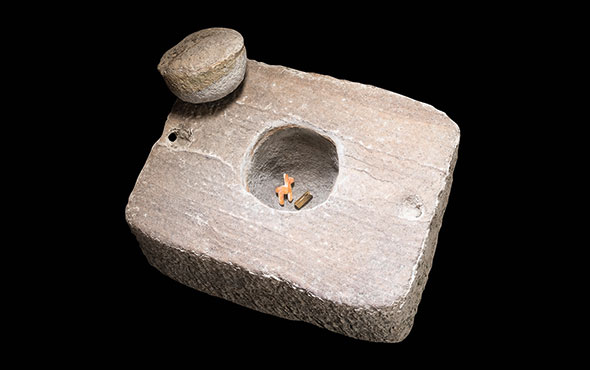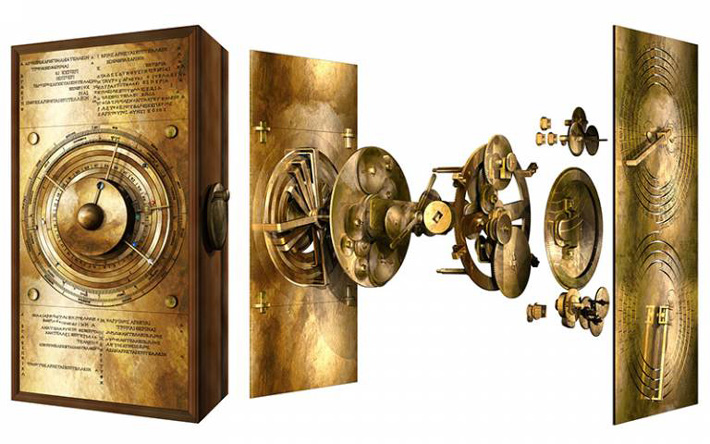
LONDON, ENGLAND—Live Science reports that researchers from University College London believe they have made a digital model of the complete Antikythera Mechanism. An estimated one-third of the 2,100-year-old corroded brass device was discovered in 1900 on a Roman shipwreck off the coast of the Greek island of Antikythera. Its intricate, hand-powered gears are thought to have been set to display the movements of the five known planets, the sun, the phases of the moon, and the solar and lunar eclipses around the Earth, relative to the timing of events such as the Olympic Games. The researchers built the digital version with information from inscriptions found on the mechanism, a mathematical model of the movement of the planets around the Earth developed by the ancient Greek philosopher Parmenides, and previous research on the possible workings of the device, including a replica built by Michael Wright of London’s Science Museum. The team members now plan to build a physical version of their recreation to see if it could have actually worked, and then attempt to build a replica with ancient technologies. “There’s no evidence that the ancient Greeks were able to build something like this,” said materials scientist Adam Wojcik. “The only way to test if they could is to try to build it the ancient Greek way.” Read the original scholarly article about this research in Scientific Reports. To read about another discovery from the Antikythera shipwreck, go to "Antikythera Man," one of ARCHAEOLOGY's Top 10 Discoveries of 2016.




